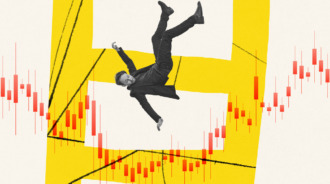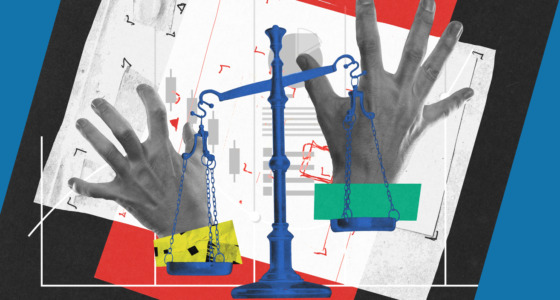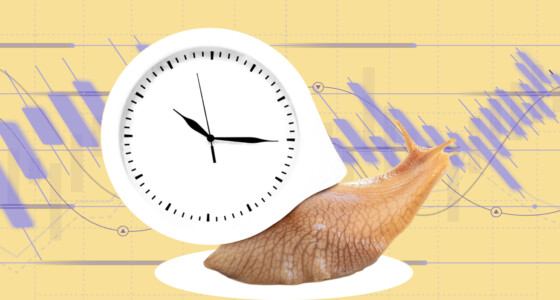

Let’s start with a simple analogy. When you put the wrong tires on your car, you increase the risk of accidents. Tire problems account for thousands of crashes, more than view obstructions, fog/rain/snow, and suspension combined. Improper tires also reduce the performance quality of the car and lead to incorrect dashboard readings. The same is true for trading performance.
Having the “correct fit” of your trading strategies is essential. And just like with tires, an “ill fit” can have a devastating effect. This article will share tips on how to prevent it.
1. Define your attitude about the markets and about yourself
Your attitude impacts your general outlook on life, as well as your trading process. So, you need to understand how you’ll approach the markets and with what kind of attitude.
These are some questions that will help you learn more about yourself:
- Will trading become your full-time job? If so, how committed are you to making trading a career?
- If not, do you want to trade on a part-time basis?
- How confident are you in your abilities? Do you have a positive, optimistic attitude toward yourself?
- How do you behave when confronted with obstacles, achievements, victories, or defeats?
2. Change your asset selection process
Asset selection is where many traders mess up. Instead of choosing assets that make sense for them, they choose those that everyone else is trading. That leads to traders buying assets they know nothing about. If you specialize in stocks, don’t switch to complex derivatives like currency swaps unless you fully understand them (and know that they are right for you).
With access to free, real-time data at the click of a button, you can spend as much time as you want researching potential trading assets.
3. Trade on other timeframes
The “right” timeframe mainly depends on the kind of trading you want to do. If you don’t feel that you’ve found your perfect trading pace, experiment with different timeframes.
If you have the mindset of an active trader, consider low timeframes. Traders who choose 1-minute to 15-minute charts feel very comfortable identifying small price fluctuations multiple times during a trading session. You may find yourself in the opposite scenario, gravitating toward a longer style.
In any case, try out different charts to see what kind of trading speed suits you more.

4. Pick strategies that match your risk tolerance
Your trading mindset is also dictated by the level of risk you’re able and willing to accept. In general, you will fall under one of the following categories:
- Risk-intolerant traders
- Confident traders
- Loss-averse young traders
- Conservative long-term investors
The next step is to translate your risk tolerance into a trading strategy. Once you know where you fall along the risk spectrum, compare strategies based on their risk and return ratios. Make sure to also take into account your goals and time horizon.
5. Get in the right headspace
The capacity to think clearly, without interference is as important as your general mindset. Without a healthy headspace, even in stress-inducing financial markets, you simply won’t be as productive as you need to be.
Develop some personal coping strategies to look through the clutter, avoid the noise, and keep your focus on the strategy.
Hope won’t change your trading mindset
“Of course, we need hope. But the one thing we need more than hope is action.”
When you know what you need to do, take action. If you spend a lot of time analyzing your next move without doing anything, you’ll be nowhere near your proper trading mindset. Be willing to make a move, even if it won’t yield immediate results. Think of it this way: trying to change your mindset without being 100% certain about a particular decision is one of the most important skills a trader can have.
Winning mindsets aren’t innate, but they can be developed. So, don’t stress if you don’t have one—just focus on the recommendations given in this article and get to work!








